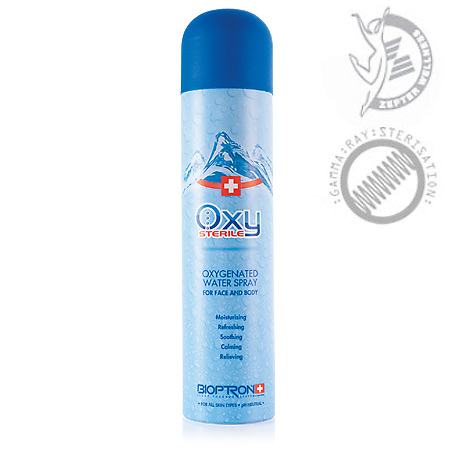


Morphology, diet, and temperature dependent host-free survival of the boll weevil, Anthonomus grandis (Coleoptera: Curculionidae) musculus adults, these traps alone (i.e., without semiochemicals) have so far limited applicability for monitoring overwintered adult weevils in highbush blueberries. Although our study identified traps that can be used to capture A. Thus, number of overwintered adults caught on traps did not correlate with those on bushes. Most weevils were caught on colored traps late in the season (i.e., during bloom), which corresponds mostly to the second (summer) adult generation. musculus adults were caught on yellow sticky traps and more adults were captured when these traps were placed at the bottom half of the blueberry canopy, i.e., 0.5–1.0 m above ground. Of all traps and colors tested, the most A. For a comparison with existing techniques, we also monitored the number of overwintered adult weevils on blueberry bushes using beat sheet sampling. musculus adults 2) test whether the relative location of traps within the blueberry canopy affects adult captures and 3) determine the effects of different colored (yellow, white, green, red, blue, brown, and black) sticky traps on weevil captures. In 2012–2014, studies were conducted in commercial highbush blueberry farms in New Jersey to 1) evaluate the efficacy of various commercially available traps, designed for other weevil species (e.g., pepper weevil, plum curculio, boll weevil, red palm weevil, and black vine weevil), in capturing A. To date, however, no trapping system has been developed to successfully monitor this pest. Silva, Diego Salamanca, Jordano Kyryczenko-Roth, Vera Alborn, Hans T Rodriguez-Saona, CesarĪbstract The cranberry weevil, Anthonomus musculus Say (Coleoptera: Curculionidae), is a key (univoltine) pest of highbush blueberries in the northeast United States.

In 2012-2014, studies were conducted in commercial blueberry farms in New Jers.Ĭomparison of Trap Types, Placement, and Colors for Monitoring Anthonomus musculus (Coleoptera: Curculionidae) Adults in Highbush Blueberries musculus attraction to its pheromone but skewed the sex ratioĬomparison of trap types, placement, and colors for monitoring Anthonomus musculus (Coleoptera: Curculionidae) adults in highbush blueberriesĬranberry weevil, Anthonomus musculus Say (Coleoptera: Curculionidae), is a key pest of highbush blueberries in the northeast USA. Addition of the green leaf volatiles did not affect A. musculus male-produced compounds attracted the highest number of adults. In both states and crops, traps baited with the A. musculus to traps baited with the male-produced compounds and geraniol presented alone and combined with (Z)-3-hexenyl acetate and hexyl acetate, and to traps baited with the pheromones of A. Field experiments in highbush blueberry (New Jersey) and cranberry (Massachusetts) examined the attraction of A. The emission rates of these volatiles were about 2.8, 1.8, 1.3, and 0.9 ng/adult/d, respectively. A fourth component, (E)-3,7-dimethyl-2,6-octadien-1-ol (geraniol), was emitted in similar quantities by males and females. Three male-specific compounds were identified: (Z)-2-(3,3-dimethyl-cyclohexylidene) ethanol (Z grandlure II) (Z)-(3,3-dimethylcyclohexylidene) acetaldehyde (grandlure III) and (E)-(3,3- dimethylcyclohexylidene) acetaldehyde (grandlure IV). musculus aggregation pheromone, headspace volatiles were collected from adults feeding on blueberry or cranberry flower buds and analyzed by gas chromatography-mass spectrometry. musculus adults on yellow sticky traps compared with unbaited controls however, weevils were highly attracted to traps baited with the Anthonomus eugenii Cano aggregation pheromone, indicating that these congeners share common pheromone components. Here, we found that cinnamyl alcohol did not increase capture of A. In previous studies, we showed that cinnamyl alcohol, the most abundant blueberry floral volatile, and the green leaf volatiles (Z)-3-hexenyl acetate and hexyl acetate, emitted from both flowers and flower buds, elicit strong antennal responses from A. Studies were conducted to develop an attractant for the cranberry weevil, Anthonomus musculus, a pest of blueberry and cranberry flower buds and flowers in the northeastern United States. Szendrei, Zsofia Averill, Anne Alborn, Hans Rodriguez-Saona, Cesar Identification and field evaluation of attractants for the cranberry weevil, Anthonomus musculus Say.


 0 kommentar(er)
0 kommentar(er)
